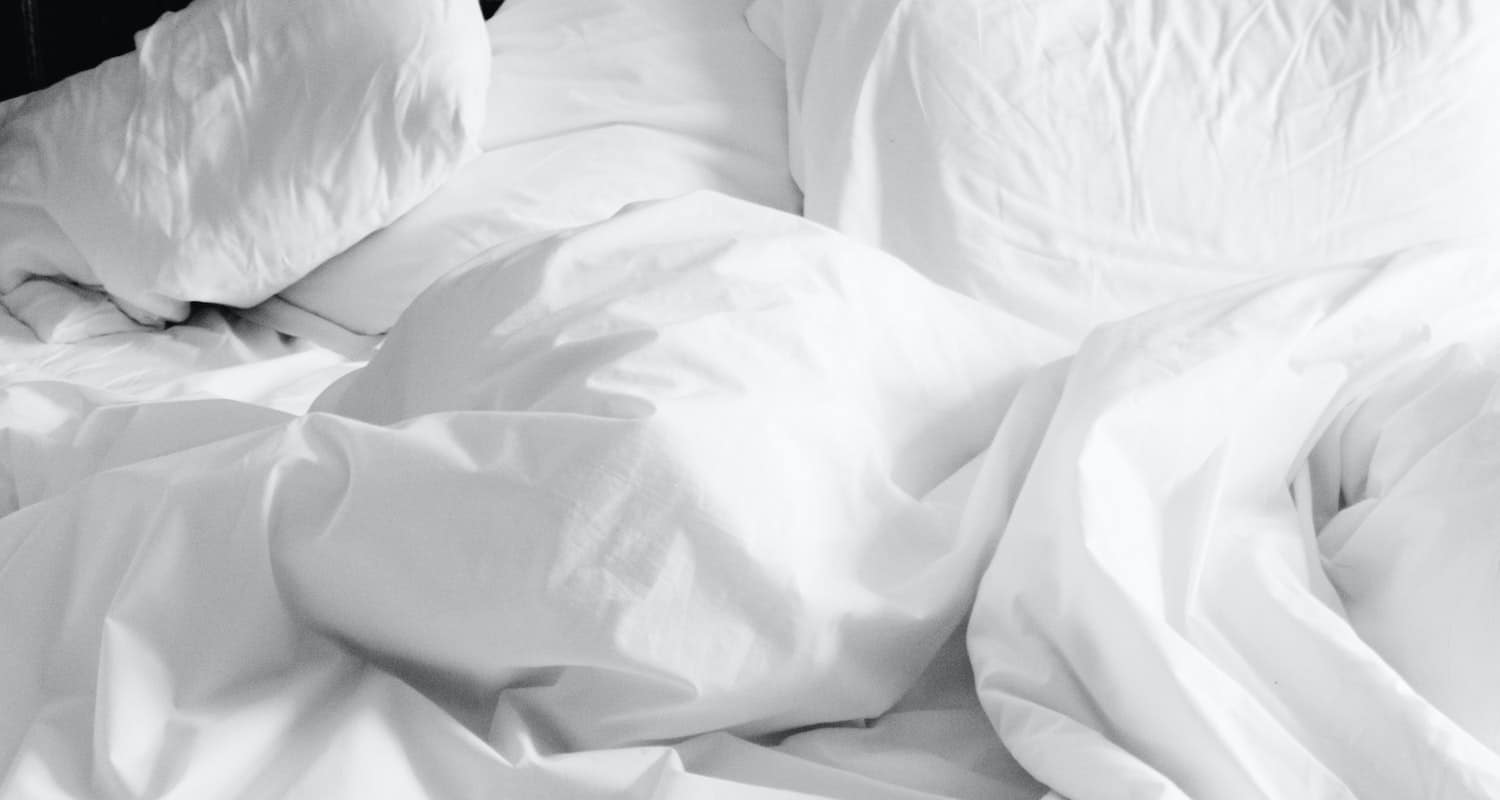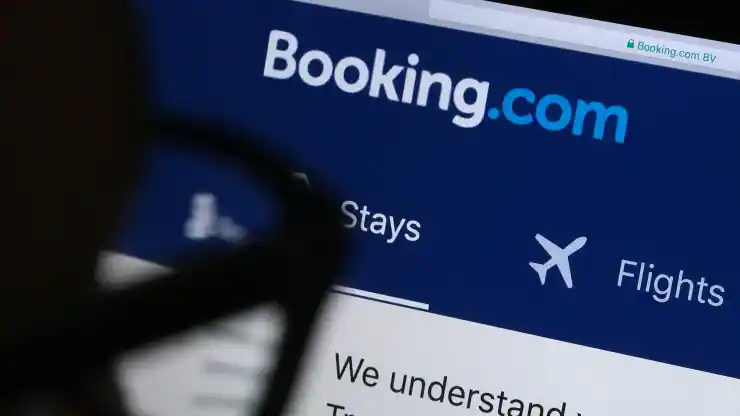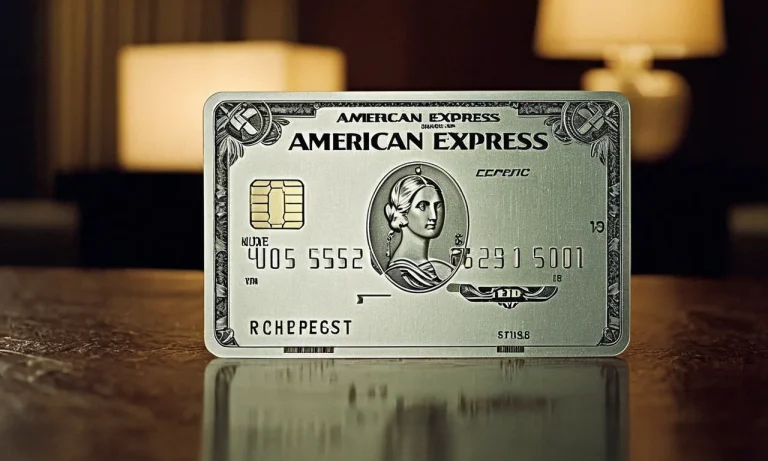Are Hotel Sheets Clean? A Comprehensive Guide
Have you ever wondered about the cleanliness of hotel sheets? As you snuggle into the crisp, white linens, a nagging thought might cross your mind: ‘Are these sheets really clean?’ It’s a valid concern, especially when you’re away from the comfort of your own home.
If you’re short on time, here’s a quick answer to your question: Hotel sheets are generally clean, but the level of cleanliness can vary depending on the hotel’s policies, procedures, and the diligence of the housekeeping staff.
In this comprehensive article, we’ll delve into the world of hotel sheet cleanliness, exploring industry standards, cleaning practices, and tips to ensure a comfortable and hygienic stay. From understanding the laundering process to identifying potential red flags, we’ll equip you with the knowledge to make informed decisions during your travels.
Industry Standards for Hotel Sheet Cleanliness
When it comes to ensuring the cleanliness of hotel sheets, the hospitality industry has established a set of rigorous standards and guidelines. These measures are designed to provide guests with a comfortable and hygienic environment, ensuring their peace of mind during their stay.
Let’s delve into the industry’s best practices and explore how hotels strive to maintain pristine linens.
Regulations and Guidelines
The hospitality industry adheres to strict regulations and guidelines set forth by various regulatory bodies and organizations. For instance, the American Hotel & Lodging Association (AHLA) provides comprehensive standards for hotel operations, including guidelines for housekeeping and linen management.
These guidelines cover everything from proper handling and storage of linens to recommended laundering procedures and disinfection protocols.
Additionally, hotels must comply with local and state health department regulations, which often mandate specific requirements for linen cleanliness and handling. These regulations help ensure that hotels meet minimum standards for hygiene and sanitation, protecting the health and well-being of their guests.
Accreditation and Certification Programs
Many hotels voluntarily participate in accreditation and certification programs to demonstrate their commitment to maintaining high standards of cleanliness and quality. Organizations like the American Hotel & Lodging Educational Institute (AHLEI) offer certifications in housekeeping and linen management, ensuring that hotel staff receive proper training and adhere to industry best practices.
Furthermore, third-party certification programs, such as the Cleaning Industry Management Standard (CIMS), provide independent verification of a hotel’s cleaning and housekeeping practices. Hotels that achieve CIMS certification demonstrate their dedication to maintaining a clean and healthy environment for their guests.
Frequency of Sheet Changes
One of the most crucial aspects of hotel sheet cleanliness is the frequency of sheet changes. While practices may vary among hotels, most follow a standard protocol of changing sheets for new guests and offering daily linen changes upon request.
According to a survey by Hotel Management, nearly 70% of hotels change sheets for new guests, and over 80% offer daily linen changes 👍.
It’s worth noting that some hotels have implemented eco-friendly initiatives that encourage guests to reuse their linens for multiple nights, reducing water and energy consumption associated with frequent laundering.
However, these programs typically provide clear instructions for guests to request fresh linens at any time during their stay.
In addition to regular sheet changes, hotels also have protocols in place for handling soiled or stained linens. These linens are promptly removed from circulation and sent to the laundry facility for proper cleaning and disinfection, ensuring that guests never encounter unsanitary or compromised linens during their stay 🎉.
The Laundering Process: Behind the Scenes
When you check into a hotel, the last thing you want to worry about is the cleanliness of your sheets. Fortunately, most reputable hotels take this issue very seriously and follow rigorous laundering processes to ensure their linens are fresh, spotless, and hygienic.
Let’s delve into the behind-the-scenes world of hotel laundry operations.
Commercial Laundry Facilities
Large hotels typically have their own on-site commercial laundry facilities equipped with industrial-grade washing machines, dryers, and specialized equipment. These facilities are designed to handle the massive volume of linens generated daily.
Smaller hotels, on the other hand, often outsource their laundry to professional commercial laundry services that specialize in handling large quantities of linens for the hospitality industry. According to a survey by CleanLink, the commercial laundry industry processes over 8 billion pounds of laundry annually in the United States alone.
Washing and Drying Cycles
Hotel linens undergo a rigorous washing process that involves multiple cycles and high temperatures to ensure thorough cleaning and disinfection. The washing cycles typically include a pre-wash to remove any visible stains or debris, followed by a main wash cycle with hot water (usually between 140°F and 160°F) and heavy-duty detergents.
Additionally, some hotels incorporate sanitizing cycles that use even higher temperatures or chemical disinfectants to eliminate bacteria, viruses, and other pathogens. 🔥
After the washing process, the linens go through multiple rinse cycles to remove any residual detergents or chemicals. Finally, they are dried in industrial-grade dryers at high temperatures (typically between 160°F and 180°F) to kill any remaining microorganisms and ensure complete dryness.
This combination of high heat, powerful detergents, and thorough drying is crucial for maintaining the cleanliness and hygiene of hotel sheets.
Detergents and Disinfectants Used
Hotels use a variety of specialized detergents and disinfectants designed for commercial laundry operations. These products are formulated to be highly effective at removing tough stains, oils, and bodily fluids while also sanitizing the linens. Common detergents used in hotel laundries include:
- Heavy-duty alkaline detergents for removing protein-based stains
- Enzyme-based detergents for breaking down organic matter
- Oxygen-based bleaching agents for whitening and brightening
Additionally, many hotels use EPA-registered disinfectants or sanitizers approved for use in commercial laundries. These products contain active ingredients like quaternary ammonium compounds, chlorine-based compounds, or hydrogen peroxide to kill harmful microorganisms.
👏 According to the CDC guidelines, using an EPA-registered disinfectant is recommended for laundering linens from healthcare facilities or when dealing with contaminated linens.
While the laundering process may seem routine, it’s a critical aspect of maintaining a clean and hygienic environment for hotel guests. By following strict protocols, utilizing specialized equipment and products, and adhering to industry best practices, hotels can ensure that their sheets are not only fresh and inviting but also safe and sanitized for your comfort and peace of mind.
😊
Housekeeping Practices and Procedures
Training and Protocols
Hotel housekeeping staff undergo rigorous training to ensure they adhere to strict protocols and procedures for maintaining cleanliness and hygiene. These protocols are often based on industry standards and guidelines from organizations like the American Hotel & Lodging Association (AHLA).
Training covers everything from proper cleaning techniques and chemical handling to personal hygiene and safety measures.
One crucial aspect of training is the proper use of cleaning products and disinfectants. Housekeepers are taught to follow the manufacturer’s instructions carefully, using the correct dilutions and dwell times for maximum effectiveness.
They also learn about safe handling practices, such as wearing personal protective equipment (PPE) and properly ventilating rooms during cleaning. Ongoing training and refresher courses help ensure that staff stay up-to-date with the latest best practices and comply with evolving standards.
Inspection and Quality Control
Hotels employ various quality control measures to ensure that rooms and linens meet their cleanliness standards. Supervisors or inspectors conduct regular spot checks, evaluating the work of housekeepers and providing feedback or additional training as needed.
According to a study by the American Hotel & Lodging Educational Institute (AHLEI), 92% of hotels have a dedicated quality assurance program in place.
Many hotels also use advanced technologies like UV-C light inspection systems to detect any residual bodily fluids or contaminants on surfaces or linens that may be invisible to the naked eye. These systems help ensure that even the most microscopic traces of soiling are identified and addressed.
Quality control is an ongoing process, with hotels constantly striving to meet or exceed industry standards and guest expectations for cleanliness.
Handling of Soiled Linens
The proper handling of soiled linens is a critical component of housekeeping practices. Housekeepers are trained to minimize contact with soiled items and to use appropriate containment methods, such as leak-proof bags or carts.
According to a survey by the Centers for Disease Control and Prevention (CDC), 89% of hotels follow specific protocols for handling and transporting soiled linens.
Once collected, soiled linens are transported to the laundry facility, where they undergo a rigorous cleaning process. Many hotels use commercial-grade washing machines and dryers that operate at high temperatures and with specialized detergents and disinfectants to ensure thorough sanitization.
Some hotels even use advanced technologies like ozone laundry systems, which can effectively kill bacteria and viruses without the need for harsh chemicals. 😊 The cleanliness of hotel linens is a top priority, with strict protocols in place to prevent cross-contamination and ensure a fresh, hygienic sleeping environment for guests.
Potential Risks and Red Flags
Signs of Inadequate Cleaning
While most hotels strive to maintain high standards of cleanliness, there are a few telltale signs that may indicate inadequate cleaning practices. Stained or discolored sheets, an unpleasant musty odor, and visible hair or debris on the bedding are all red flags that should not be ignored.
According to a study by Travel Weekly, a staggering 89% of travelers are concerned about the cleanliness of hotel rooms, with sheets being one of their top priorities.
Health Concerns and Allergies
Unsanitary hotel sheets can pose serious health risks, particularly for individuals with allergies or weakened immune systems. Dust mites, mold, and other allergens can accumulate in bedding that is not properly cleaned and changed regularly.
This can trigger allergic reactions, respiratory issues, and even skin irritations. According to the Asthma and Allergy Foundation of America, dust mites are a common allergen found in bedding and can cause asthma attacks, eczema flare-ups, and other allergic reactions.
It’s crucial for hotels to adhere to strict cleaning protocols and use hypoallergenic bedding to ensure the safety and comfort of all guests.
Did you know? A study by the University of Houston found that hotel room surfaces, including bedspreads and sheets, can harbor a wide range of bacteria, some of which are potentially harmful to human health.
Bed Bug Infestations
One of the most dreaded issues in hotels is the presence of bed bugs. These tiny pests can easily hitchhike on luggage or clothing and quickly infest hotel rooms, hiding in mattresses, box springs, and bedding.
Bed bug bites can cause itchy, red welts and skin rashes, and in severe cases, lead to allergic reactions or secondary infections. According to the Environmental Protection Agency, travelers should inspect hotel rooms thoroughly for signs of bed bugs, such as small blood spots on sheets or a musty odor.
If you suspect a bed bug infestation, it’s best to request a room change or consider staying elsewhere.
To mitigate these risks, it’s essential for hotels to implement rigorous cleaning protocols, regularly inspect rooms for pests, and use high-quality, hypoallergenic bedding. Guests should also be vigilant and report any concerns to hotel staff promptly.
By working together, hotels and travelers can ensure a safe and enjoyable stay for everyone. 😊
| Potential Risk | Percentage of Travelers Concerned |
|---|---|
| Unclean Sheets | 89% |
| Bed Bug Infestations | 75% |
| Allergens and Dust Mites | 68% |
Tips for a Cleaner and Safer Stay
Inspecting the Room Upon Arrival
Upon entering your hotel room, it’s crucial to conduct a thorough inspection. Don’t be shy about pulling back the sheets and checking for any signs of uncleanliness or unwanted guests (like bed bugs 😨).
According to a survey by TripAdvisor, over 60% of travelers admitted to inspecting hotel rooms for cleanliness before settling in. Here are some key areas to focus on:
- Sheets and bedding: Look for any stains, hairs, or other unsavory surprises.
- Bathroom: Check for cleanliness, mold, and proper sanitization.
- Surfaces: Inspect desks, nightstands, and other high-touch areas for dust or grime.
If you find any concerning issues, don’t hesitate to request a room change or speak with the hotel staff immediately.
Requesting Fresh Linens
Even if the room appears clean, it’s always a good idea to request fresh linens. According to a study by AHA Services, only 37% of hotels change bedsheets between every guest stay. Don’t be afraid to ask the front desk or housekeeping staff for a fresh set of sheets, pillowcases, and towels.
This simple step can provide you with peace of mind and a more hygienic stay. 😊
Bringing Your Own Sheets (Optional)
If you’re particularly concerned about cleanliness or have sensitive skin, you may want to consider bringing your own sheets from home. This option might seem extreme, but it can offer an extra layer of protection and familiarity.
Just be sure to pack them in a separate bag or container to keep them fresh and clean during your travels.
Of course, this decision ultimately comes down to personal preference and comfort level. Some travelers find it excessive, while others swear by it. If you do decide to bring your own sheets, don’t forget to pack a set of travel-sized laundry detergent or dryer sheets to keep them smelling fresh. 👃
No matter which approach you take, remember that communication and vigilance are key to ensuring a clean and comfortable hotel stay. Don’t be afraid to speak up if you have any concerns or requests – after all, you’re the one paying for the experience!
Conclusion
As we’ve explored in this comprehensive guide, the cleanliness of hotel sheets is a multifaceted topic that involves industry standards, laundering processes, housekeeping practices, and potential risks.
While reputable hotels strive to maintain high levels of cleanliness, it’s essential to be an informed traveler and take proactive measures to ensure a comfortable and hygienic stay.
By understanding the regulations, laundering procedures, and housekeeping protocols, you can make more informed decisions about where to stay and what to look for. Additionally, being aware of potential red flags and taking precautions, such as inspecting the room upon arrival or requesting fresh linens, can provide added peace of mind.
Ultimately, the cleanliness of hotel sheets is a shared responsibility between the hotel and the guest. By working together and maintaining open communication, we can create a safer and more enjoyable travel experience for everyone involved.






